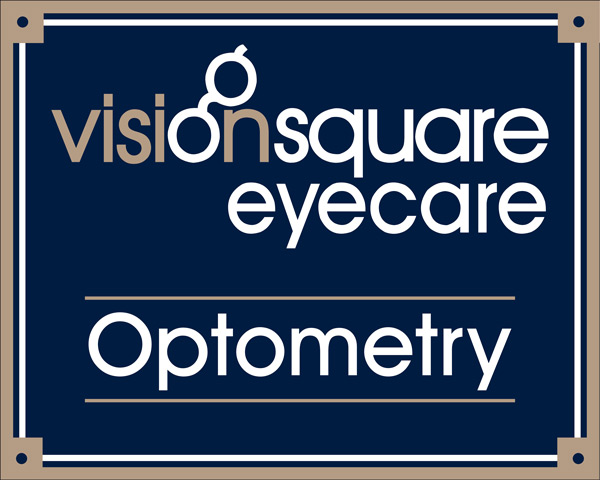In February, we recognize Low Vision Awareness Month and the millions of Americans who live with the condition. Low vision is a term used to describe a visual impairment that cannot be corrected by standard glasses, contact lenses, medication, or surgery. It often results in difficulty performing daily tasks that may include cooking, reading, playing games or doing puzzles, recognizing the faces of loved ones, and generally enjoying what we often perceive as a high quality of life.
Curious about what that looks like? Check out the National Eye Institute’s Virtual Reality Eye Disease Experience, See What I See. In a series of videos, you can look through the eyes of someone with low vision and understand its impact on their visual field.
Low vision causes may include age-related macular degeneration, glaucoma, uncorrected cataracts and diabetic retinopathy. While the progression of low vision cannot always be stopped, there are active steps you can take to minimize its progression and improve overall vision health.
Following are 10 action steps to minimize the progression of low vision:
- Schedule Regular Eye Exams: Annual eye exams are crucial in detecting and managing low vision. Eye exams can detect early signs of vision loss and provide the opportunity for early treatment. We recommend an annual comprehensive eye exam, or sometimes more frequently if you have a history of vision problems or a chronic condition that affects your vision.
- Control Underlying Conditions: Many causes of low vision, such as diabetes, macular degeneration, and glaucoma, are chronic conditions that require ongoing management. It’s critical to work closely with your healthcare provider to control these conditions and prevent them from progressing. This may include taking medications and making — and sticking with —lifestyle changes.
- Eat a Healthy Diet: We’ve said it before, and we’ll say it again: You are what you eat! A diet rich in fruits, vegetables, and omega-3 fatty acids may help to improve vision health and reduce the risk of vision loss. Studies show that foods high in antioxidants (think leafy green vegetables, colorful berries, and fish) may be particularly beneficial for the eyes.
- Exercise, Exercise, Exercise: Move it! Regular exercise improves circulation and overall health, which can help to protect your eyes from vision loss. Aerobic exercise, in particular, can improve blood flow to the eyes and reduce the risk of vision loss.
- Be Vigilant About Sun Protection: UV rays from the sun can damage the eyes and increase your risk of vision loss. Always protect your eyes from the sun by wearing UV-protective sunglasses and a wide-brimmed hat every time (yes, even in winter!) you spend time outdoors.
- Quit Smoking: Smoking increases the likelihood for developing age-related macular degeneration, cataracts, and other eye diseases that can steal your vision. Quitting smoking can lower your risk of vision loss and improve your overall health.
- Wear Your Corrective Lenses: If you have a refractive error such as nearsightedness, farsightedness, or astigmatism, be sure to wear your corrective lenses as prescribed. This simple action can help to keep your eyes healthy.
- Low Vision Therapy: For those who are already living with low vision, low vision therapy is a valuable tool in minimizing its progression. It can help you discover new ways to perform daily activities and enhance your quality of life with your remaining vision.
- Use Assistive Devices: There are many assistive devices available for people with low vision, such as magnifiers, electronic magnifiers, reading glasses, closed-circuit television, talking books and devices, large print materials, mobility and orientation devices, lighting, and color filters. These devices can help people manage low vision and live life more fully.
- Join a Low Vision Support Group: Joining a support group can provide a sense of community and connect you with others who understand the challenges you face. Not only will you gain emotional support, but also first-hand information, resources, and opportunities to share experiences and strategies for coping with low vision.
Low vision is an extremely challenging condition, but if you deploy the right strategies, it is possible to minimize its progression. Regular eye exams, controlling underlying conditions, eating a healthy diet, exercising regularly, protecting your eyes from the sun, quitting smoking, low vision therapy, using assistive devices, and joining a support group are all steps you can take to better cope with low vision and help to prevent its progression.
And right now is a great time to take the first action step: Call us today to schedule your annual comprehensive eye exam. Your eye doctor will provide a thorough exam so that we can continue to monitor your eyes for conditions that may impact your vision now or later in life.

